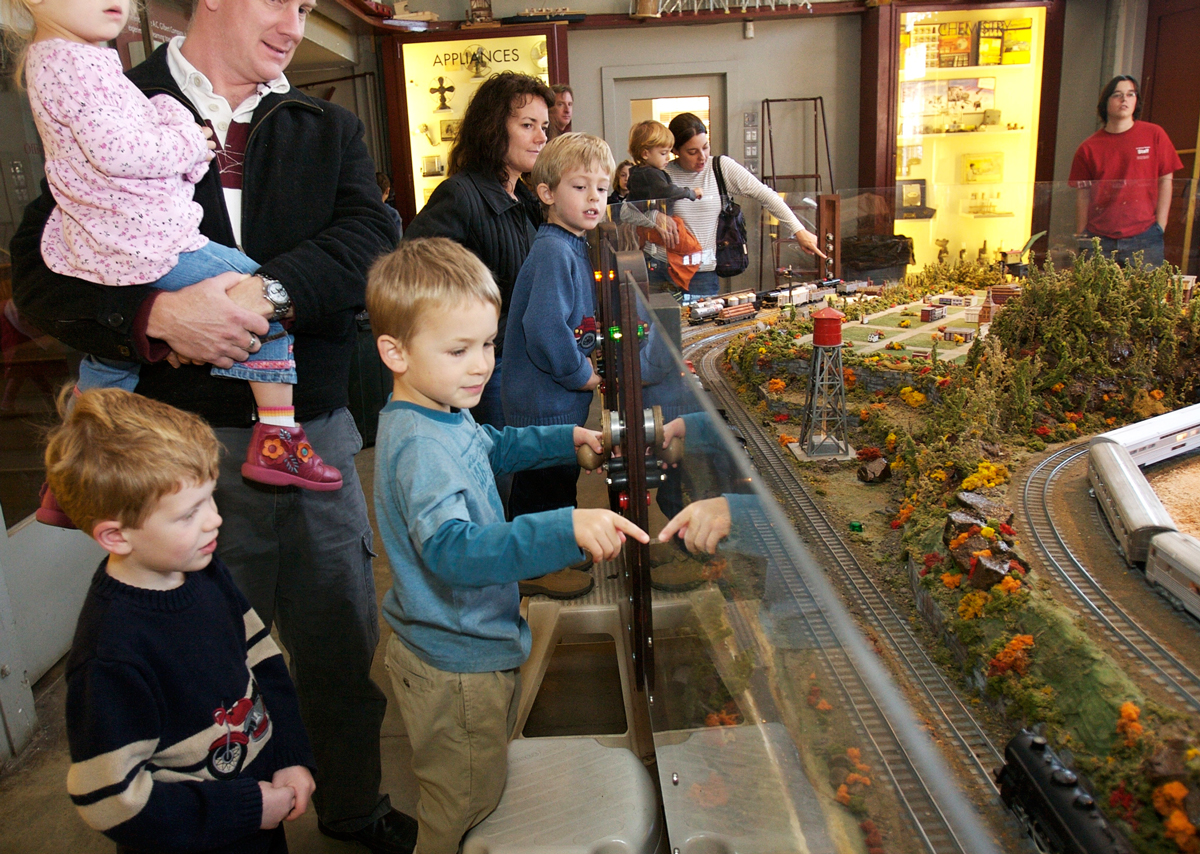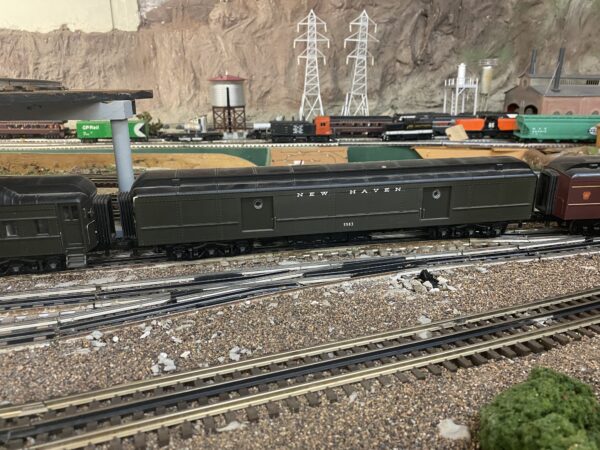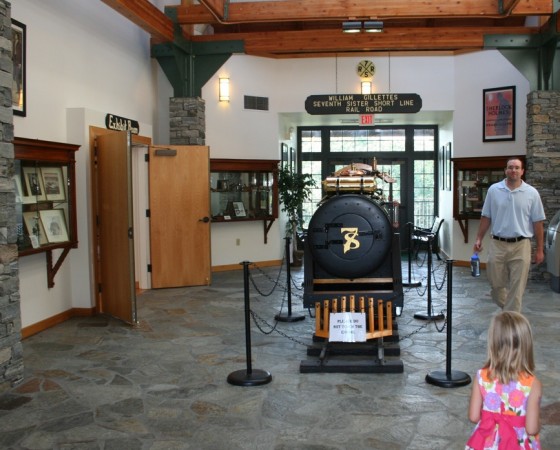Tracking ‘Jethro, a Blackman Farmer’ Then ‘Chutes, Business, Trains
“She read books as one would breathe air, to fill up and live.” –Annie Dillard
Jethro Luke, a property owner. “Probate records tell us what they owned, what they owed and what they left and to whom.”
Follow threads of local history from a mark on an 1748 map to reckon with the past, including rediscovering "Jethro a blackman farmer," his family, & the labor of free & enslaved people in the construction of Connecticut Hall at Yale
WATCH: https://t.co/RJUUg2px4O— Beinecke Library (@BeineckeLibrary) October 17, 2021
“Oysters were crushed to make lime mortar…Jethro, Gad his son…”
Time travel with stories of dedicated research, maps, place names that roll off the tongue with practice. Hockanum. Pawcatuck. Poquonock. Pachaug. Natchaug. Skungamaug. Mattabesset. Coginchaug. Scantic. Menunketesuck. Housatonic. Pootatuck. Saugatuck.
Also Ivoryton. Parker, as in Road, Charles Parker, Meriden. Bethany, Woodbridge. The Flats. Moosup. Mamooson.
Manchester, business. Then and now. Turns out reading and stopping in to visit the Manchester Historical Society (“what if we go straight?” Decision made, press the accelerator; let's go see.) after picking up a growing human being was a very good use of time together. Memories made and knowledge gained. Silk mill, industry. But also a family story surfaced and was shared. So look around. Places await that are right in front of you. Sites you may pass often.
“We want to give a shout out to an exceptional young man who has championed our historical efforts here at The PRP. Ian Basilone has researched and designed all of the historical plaques that are now on the grounds for people to come, learn and enjoy. There are six in all at this point. I look forward to working with Ian on our West Factory Museum after Christmas. We plan on opening in the spring. Please come tour our beautiful restored ivory mill and walk the outside areas to learn about our town, the ivory trade and “ Ella”, our wonderful building from 1856!”
For more about Allison Sloane, the PRP campus and mission, see this story.
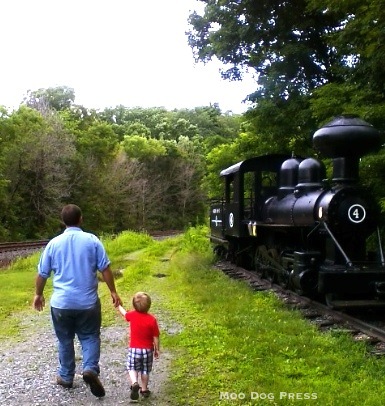
Horses and trains. Trains snort and steam – this iron horse is in Kent, Connecticut; entrance to CAMA and the Sloane Stanley Museum. From our archives, family explorations.
Not far away os the annual Connecticut River Museum train show for the holidays and beyond. Artist and train enthusiast Steve Cryan unveils a new model train layout each year; the show runs through mid-February.
This from last year via FOX 61 story video gives a look-see of all that is waiting. Note that each season features something new.
It's been more than 13 years since this visit:
The aroma of freshly-cut wood greets visitors to the workshop inside the brick structure, which is part of the original Whitneyville complex. That woodsy cedar scent, as I later learned, is part of the workings of the Gilbert American Flyer electric trains inside. Mechanical whimseys such as a magnetic crane, cows that move at the touch of a button, and a big top tent filled with circus performers are all part of the magic of the annual holiday event.
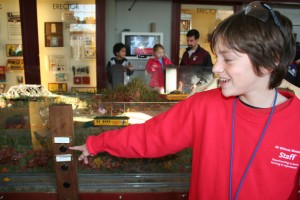
Back in 1798, Eli Whitney, known as inventor of the cotton gin, established the first factory in America for making firearms on this patch of earth that is now known as Whitneyville.
“Mr. Gilbert’s Railroad” annual exhibit–Saturdays and Sundays 10 a.m. to 3 p.m. until Jan. 14; closed for the days observing Christmas and New Years (12/24, 2/31, 12/31).
“We will have special hours during the week from Dec. 26 to Dec. 29 from noon to 4 p.m.”
Visitors may also enjoy the A.C. Gilbert company's other products that are on displays that line the walls. The spark of innovation is the thread that ties past and present together – from Whitney to Gilbert to the present workshop and mission of the center, which is a museum dedicated to inventiveness, the trying and making of things that work.
Between 1909 and 1964, the Gilbert Company was the premiere producer of learning toys in the world. Its showroom in New York, the Gilbert Hall of Science, was an emporium of experimental learning and a forerunner of the modern science museum.”
“Once upon a time in the dead of winter in the Dakota Territory, Theodore Roosevelt took off in a makeshift boat down the Little Missouri River in pursuit of a couple of thieves who had stolen his prized rowboat. After several days on the river, he caught up and got the draw on them with his trusty Winchester, at which point they surrendered. Then Roosevelt set off in a borrowed wagon to haul the thieves cross-country to justice. They headed across the snow-covered wastes of the Badlands to the railhead at Dickinson, and Roosevelt walked the whole way, the entire 40 miles. It was an astonishing feat, what might be called a defining moment in Roosevelt’s eventful life. But what makes it especially memorable is that during that time, he managed to read all of Anna Karenina. I often think of that when I hear people say they haven’t time to read.”
―-David McCullough
Also h/t @RichardConniff who provided the knowledge to open my eyes. Pratt Street, Julius Pratt.
How many times have driven by, not understood. An ivory mill. Meriden and history. Prattsville, pond.
— Moo Dog Press (@MooDogPress) November 25, 2023
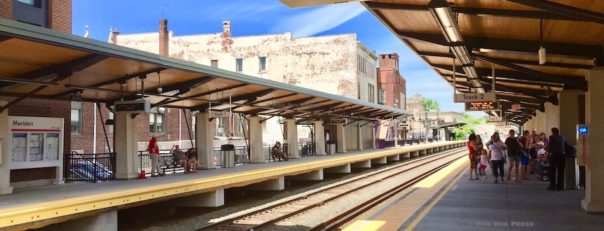
Iron horse, its voice heard regularly as it moves along across the valley ringed with much-loved traprock hills. The Meriden station and the Meriden Green is right across the street. CB/MDP
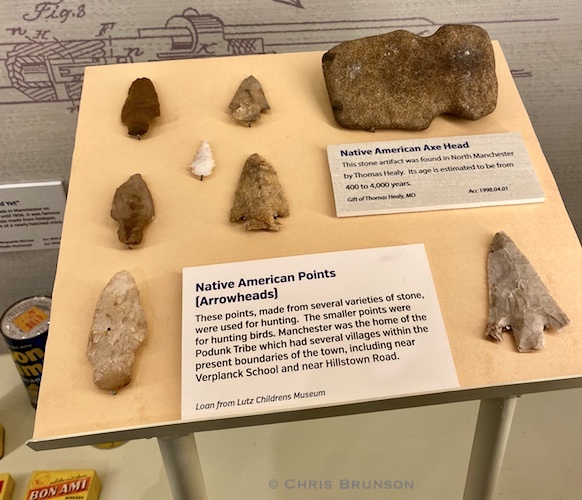
Here, first. Remember me (linked to story from the archives.) This image from an impromptu family visit to Manchester Historical Society.
“The east front room of the tavern was the bar room, and was also the post office. The mail brought by the stages was spread out for inspection upon a table set apart for the purpose, and afterward placed in a rack affixed to the wall.”
📖 Recollections of a New England Town by… pic.twitter.com/I5jvtCBpEZ
— Moo Dog Press (@MooDogPress) November 26, 2023
The #aurora I've been waiting for! The strong CME hit and a G3 magnetic storm occurred.
In the field quick edit from Spooner, Wisconsin. Colors straight off camera. No color correction! Bit dimmer to the eye, But the reds were so bright right into dawn!#wiwx #northernlights pic.twitter.com/h50CqazDAL— Jake Stehli (@eljakeo30) December 1, 2023
Oh, don't ever ever forget.
“There's just something that a cowgirl has
Ain't no cowboys got
Man she's something when she's one of the boys
But something else
Any time she's not.”
Source: LyricFind
Songwriters: Garth Brooks / Jerrod Niemann / Richie Brown
That Girl Is a Cowboy lyrics © Spirit Music Group
Editor's note: this story has been updated to include Eli Whitney Museum train exhibit information.

